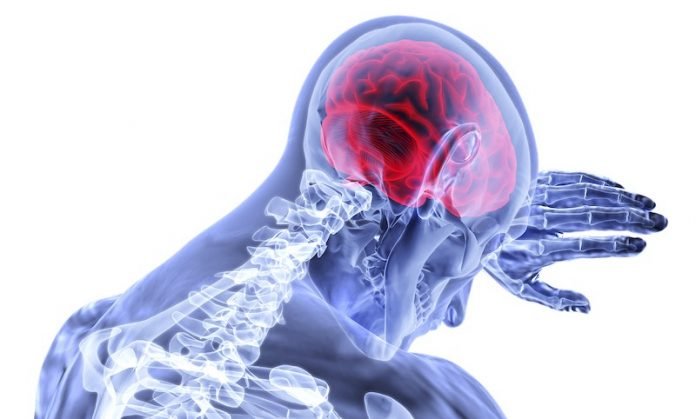
In a new study, researchers found that starting stroke treatment just 15 minutes faster can save lives and prevent disability.
They also found busier hospitals (those that treat more than 450 people for stroke each year) have better outcomes than hospitals that treat fewer than 400 stroke patients per year.
The research was lead by a team from the David Geffen School of Medicine at UCLA.
About 795,000 people in the U.S. have strokes each year, and about 140,000 die due to the disease.
Ischemic strokes occur when a vessel supplying blood to the brain is obstructed. They account for 87% of all strokes.
In the study, the team examined data for 6,756 people who experienced ischemic strokes. The patients’ median age was 71, and 51.2% were women.
All of the patients were treated with endovascular reperfusion therapy, which is used to treat strokes caused by a blockage in one of the major arteries of the brain.
The researchers checked the stroke patients’ treatment results and focused on their “door-to-puncture” time, the interval from their arrival at the hospital to the time their treatment began.
They found that patients’ median time from arriving at the hospital to the beginning of treatment was one hour, 27 minutes.
The median time from the start of symptoms to treatment was three hours, 50 minutes.
Moreover, for every 1,000 people whose door-to-puncture time was 15 minutes sooner, 15 fewer people died or were discharged to hospice care, 17 more were able to walk out of the hospital without assistance, and 22 more could care for themselves after being discharged from the hospital.
The finding shows that shaving 15 minutes off of treatment time may improve results for thousands of people each year.
In addition, the team found that hospitals that perform endovascular reperfusion therapy on more than 50 patients per year generally begin treatment faster than hospitals that perform fewer than 30.
They also found initial treatment tends to be delayed at hospitals that are not certified as comprehensive stroke centers or are located in the Northeast, as well as for people who have a stroke during hospital “off hours”—weekends, holidays, and before 7 a.m. and after 6 p.m. on weekdays.
Treatment delays also are more likely for people who live alone or fail to recognize their own stroke symptoms.
The study is one of the largest to quantify the number of patients per thousand that could be saved by earlier stroke treatment.
One lead author of the study is Dr. Reza Jahan, a professor of interventional neuroradiology at the Geffen School of Medicine.
The study is published in JAMA.
Copyright © 2019 Knowridge Science Report. All rights reserved.



